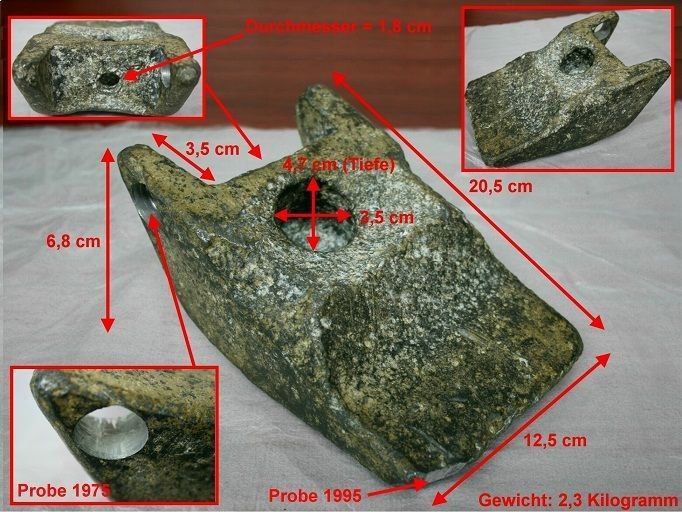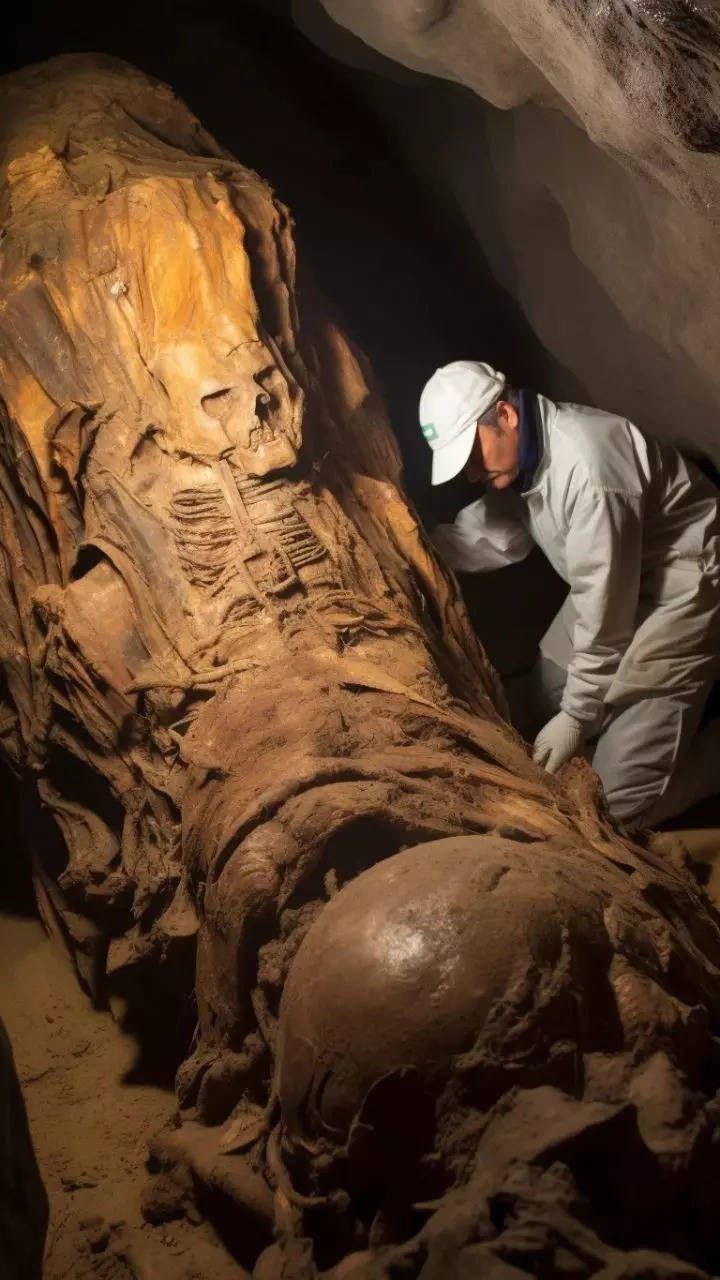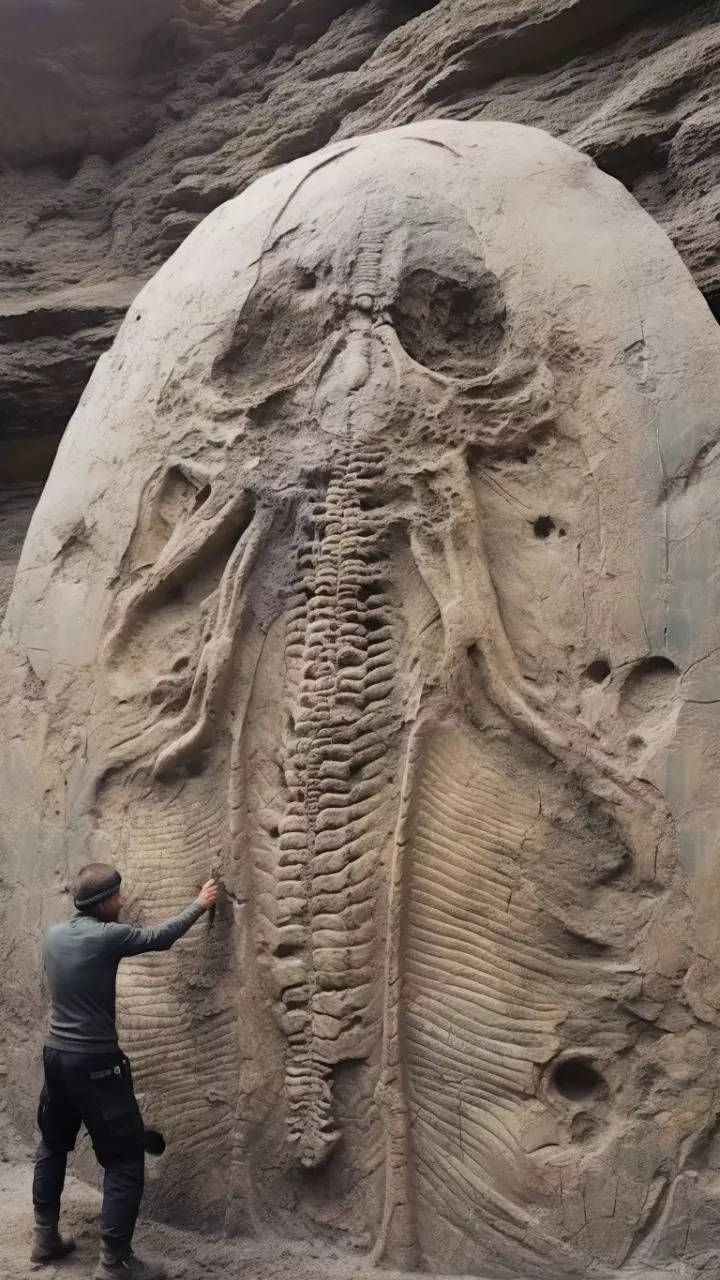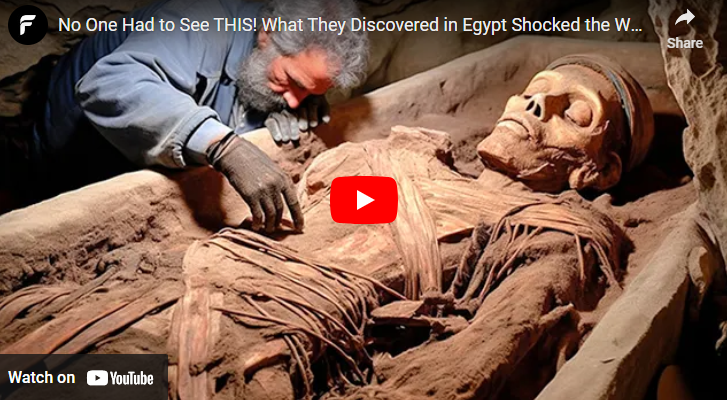
In recent years, scientists and researchers have made astonishing discoveries in the realm of paleontology. Among these groundbreaking findings are the fossil remains of extraterrestrial beings, providing us with a glimpse into a world beyond our own. These alien fossils have sparked curiosity and wonder among the scientific community, as well as the general public, as we grapple with the implications of such unprecedented discoveries.
One of the most striking alien fossils found to date is the skeleton of a humanoid creature with elongated limbs and a skull that defies all known human anatomy. This fossil, believed to be millions of years old, has raised questions about the origins of life on Earth and the possibility of ancient extraterrestrial civilizations. The discovery has sparked intense debate among scientists, with some believing that the fossil is a hoax, while others argue that it is undeniable evidence of alien life.

Another remarkable find is a series of fossilized footprints that are unlike anything seen on Earth. These footprints, which measure several feet in length and have an otherworldly appearance, have left researchers scratching their heads. The prints suggest the presence of a species with a vastly different physiology than any known terrestrial creature, leading some to speculate that they may have been left by an alien visitor millions of years ago.
In addition to these more humanoid fossils, scientists have also unearthed remains of bizarre alien creatures that defy categorization. One such fossil is that of a six-legged creature with iridescent scales and antennae, reminiscent of an insect but unlike any insect species known to science. This discovery has sparked excitement among researchers, who are eager to unravel the mysteries of this strange creature and its place in the evolutionary history of our universe.

Other alien fossils found include skeletal remains of creatures with multiple heads, translucent bodies, and other fantastical features that challenge our understanding of biology and evolution. These fossils have reignited the age-old debate about the existence of extraterrestrial life and its potential impact on our understanding of the universe.
As we continue to uncover more alien fossils, we are forced to confront the unthinkable possibilities that lie beyond our own planet. These extraordinary discoveries push the boundaries of our knowledge and challenge us to rethink our place in the universe. The study of alien fossils may hold the key to unlocking the secrets of ancient civilizations, understanding the origins of life, and expanding our understanding of the cosmos.
In conclusion, the discovery of alien fossils is a testament to the boundless wonders of the universe and the limitless possibilities that lie beyond our own world. These fossils remind us that we are but a small part of a vast and incomprehensible cosmos, teeming with life forms beyond our wildest imagination. As we continue to explore the mysteries of our universe, we must remain open-minded and receptive to the extraordinary discoveries that may await us. The study of alien fossils challenges us to think beyond our own limitations, to embrace the unknown, and to consider the unimaginable possibilities that may lie beyond our own plane



